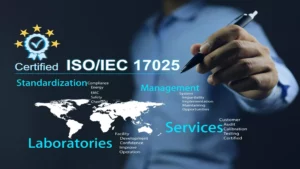Researchers at the Massachusetts Institute of Technology (MIT) have developed the first robot that incorporates living muscle tissue . This advance, initially carried out with laboratory mouse tissues, could eventually allow the use of human tissues in future applications of this technology.
A biohybrid robot created with muscle tissues
This novel biohybrid robot has been classified as such by experts because it fuses soft robotics with living biological components. The robot’s structure combines organic fabrics with metallic and synthetic parts, creating a machine capable of replicating the natural movements of humans or animals.
Ritu Raman, the project leader, explained how muscle tissues physically attach to the robot’s “skeleton,” which in this case is designed as a type of spring. Despite the complexity and unpredictable outcomes of using biological tissue, scientists have made significant progress.





The main purpose of these biohybrid robots is their miniaturization for internal medical applications. The vision is that these small devices can be implanted in the human body to deliver medical treatments to areas that are difficult to reach by conventional methods. These robots could transport medications directly to affected areas, improving the precision and effectiveness of treatments.
Definitely, the ability of these robots to interact safely and effectively within the human body opens new possibilities for biotechnology and personalized medicine. As this technology evolves, it could be possible to administer medications as well as repair damaged tissues or perform minimally invasive surgical interventions at the cellular or molecular level.
Follow us on social networks and don’t miss any of our publications!
Inspenet.com YouTube LinkedIn Facebook Instagram X
Source: eltribuno.com
Photo: shutterstock













